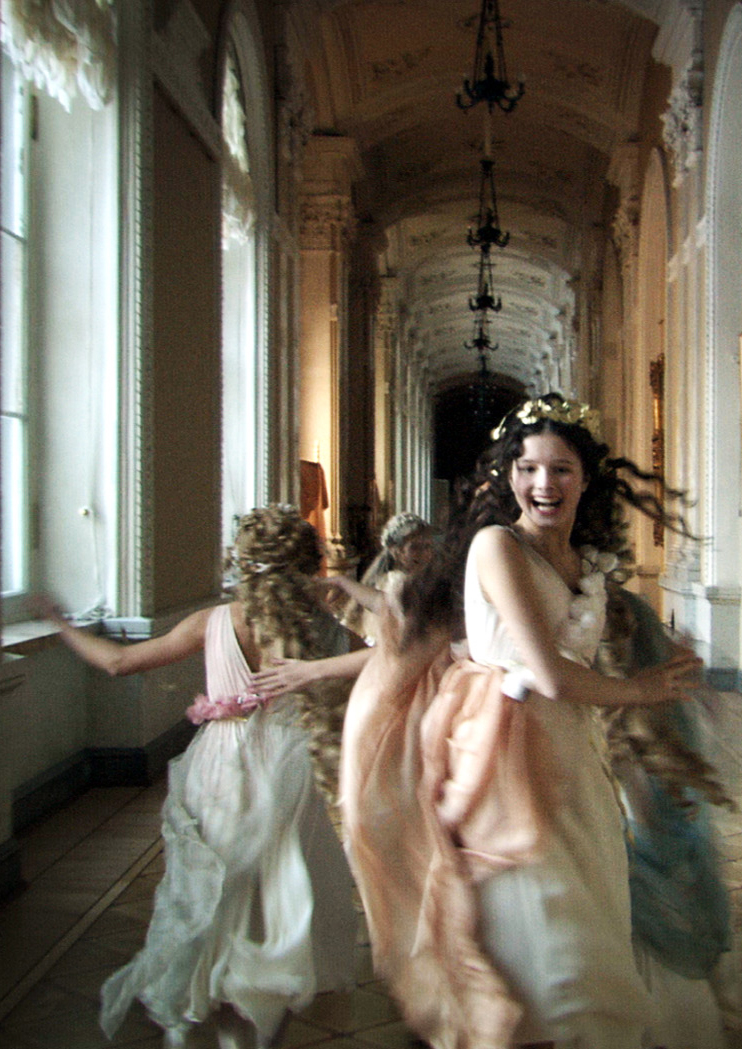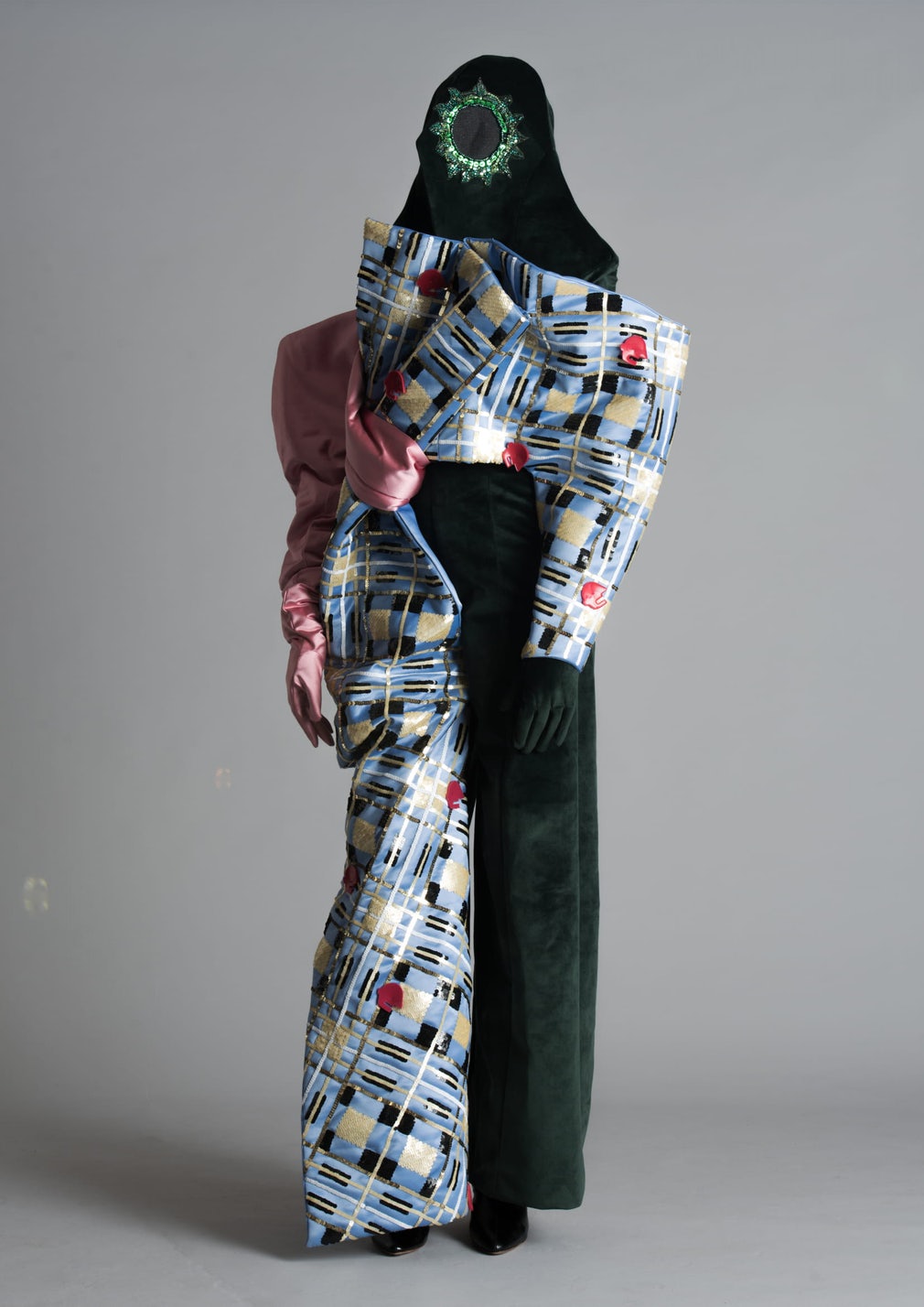
Antoine Catala
Emobot
Catala’s work investigate emotions and empathy in our technological information-driven society. His computer generated Emobot appears at once familiar and strange as it utters simple statement about its feelings. The visually mesmerizing figure might serve as an avatar onto which we relate to the expression of strong feelings when they are delivered digitally-an increasing prevalent cultural phenomena. Listening to a not-quite human presence express its vulnerability may have less impact in us than hearing a real person communicate similar emotions. Nevertheless, the deliberate and repetitive manner in which Emobot articulates powerful sentiments affords us ample opportunity to reflect on the existential quality of their meaning.


















